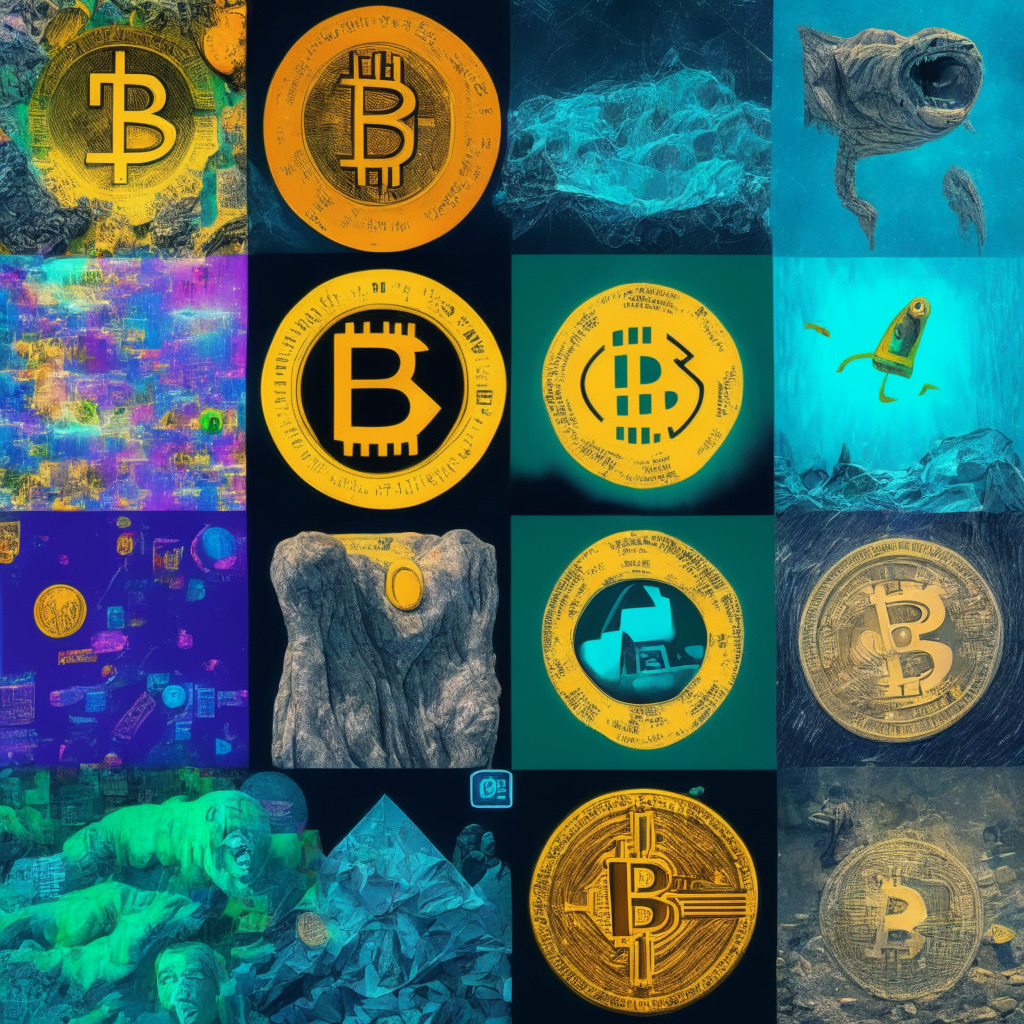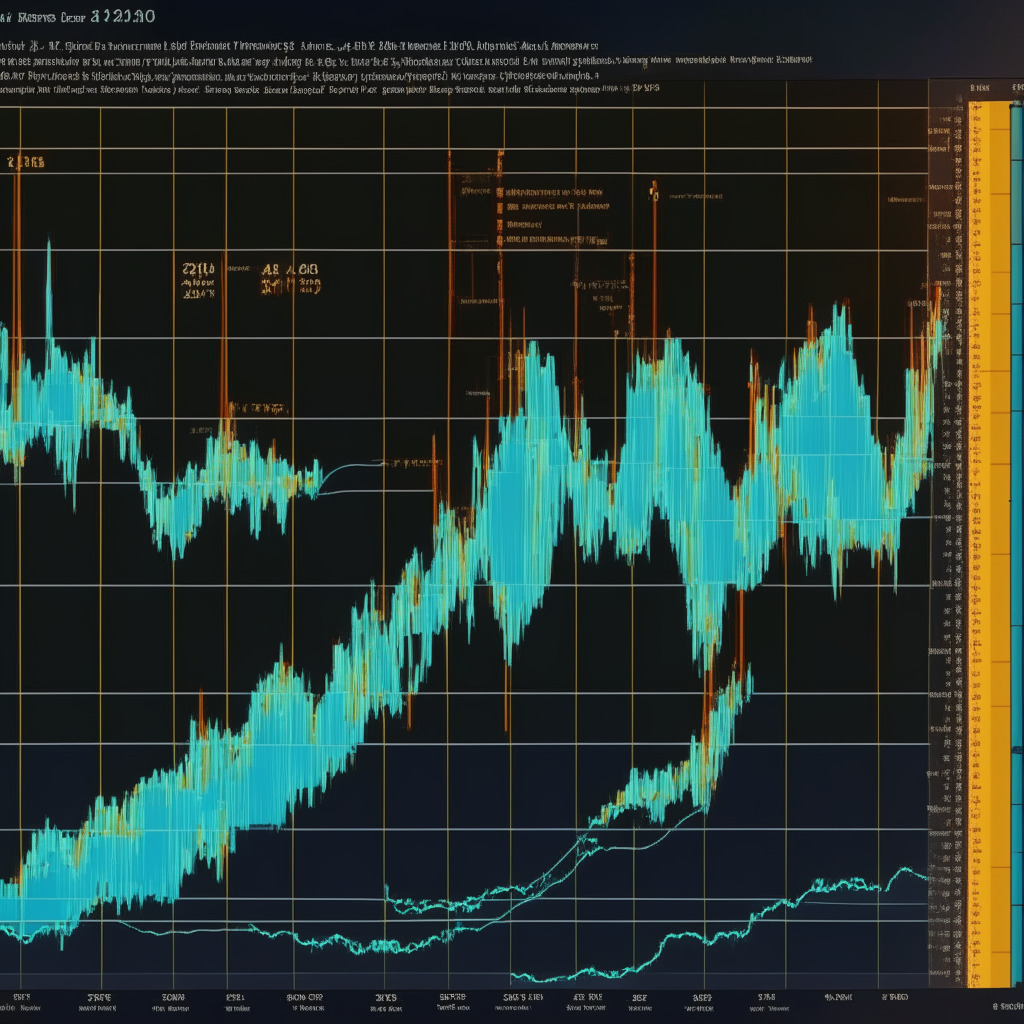According to data compiled by RWA.xyz, a firm specializing in real-world asset data, blockchain-based investment products that morph U.S. Treasury bills, bonds, and money market funds into tokenized forms amass a market value of $614 million. The burgeoning trend of tokenizing assets is hailed as one of crypto’s most mammoth trends, predicted by Bernstein, a wealth management firm, to accrue a market value of $5 trillion over the next five years.
The hunger for tokenized Treasurys amidst digital asset investors has seen a consistent upward slope. The reason is not far fetched. The yield on U.S. government bonds, a commonly accepted risk-free interest rate, has outperformed yields in decentralized finance (DeFi). DeFi yields have experienced a downwards spiral due to the faltering demand for borrowing and leverage, products intensified by the crypto market downturn. Concurrently, bond yields in traditional finance (TradFi) have witnessed an appreciable increase as the Federal Reserve Bank elevated interest rates to levels unprecedented since 2007, to battle rampant inflation.
Plugging into the trend this year, a bevy of newcomers including OpenEden, Ondo Finance, and Maple Finance launched blockchain-based Treasury products. These innovative financial tools are designed for the discerning investor, digital asset firms, and decentralized autonomous organizations. According to Jack Chong, guest researcher at RWA.xyz, the entire macroeconomic backdrop has experienced a shakeup that has sparked a shift in investor attitudes, leading them away from crypto assets and towards U.S Treasuries.
Nonetheless, the spectrum of the argument would remain incomplete without mentioning the inherent risk attached to tokenizing assets. The apparent lack of regulatory oversight and potential market manipulation could potentially become the proverbial thorn in the path of investor’s quest for seemingly risk-free yields. It is of prime importance that this space progresses under the insightful and watchful eyes of regulatory bodies, reaffirming the alignment of these digital gold mines with established laws.
In conclusion, on the base level, the tokenization of real-world assets opens the doors to a gamut of possibilities, offering investors a viable alternative amidst the chaotic crypto downturn. However, it is equally essential to balance this optimism with the sobering reality of potential pitfalls. As the saying goes, where there is reward, there is risk.
Source: Coindesk




